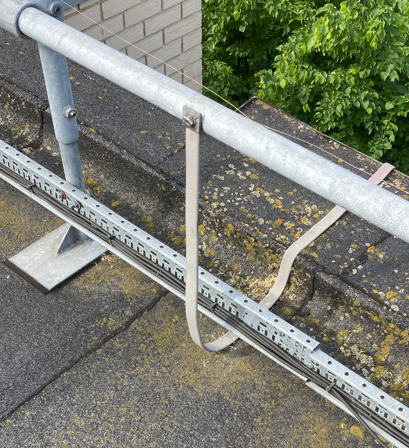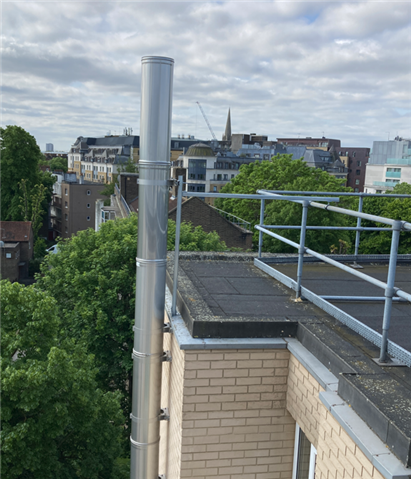At one of our Tower blocks in London we came across this on the roof, I don't know a lot about LPS so was after some advice or any thoughts.


Also as this chimney is higher than the rail wouldn't it need to be connected to the LP system ?


Any advice on reference books or sites would be most welcome, I will be looking at doing a training course on the subject.
Thank you in advance for any help offered.

